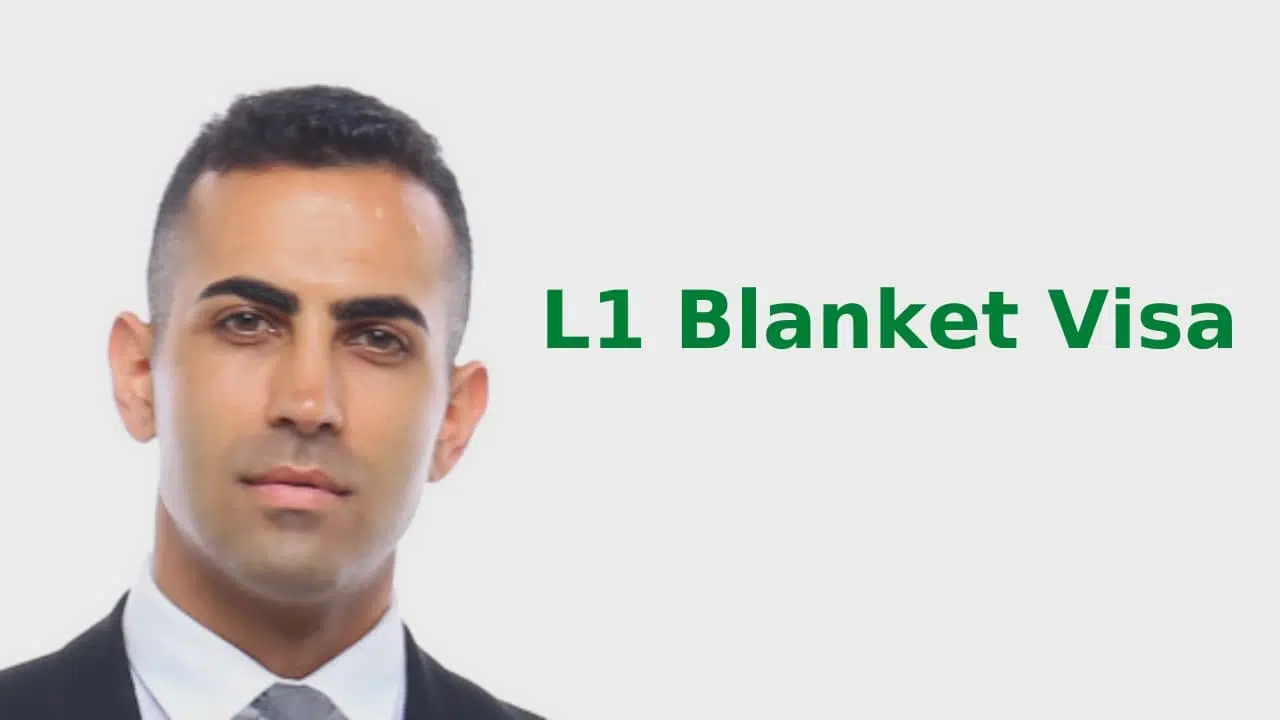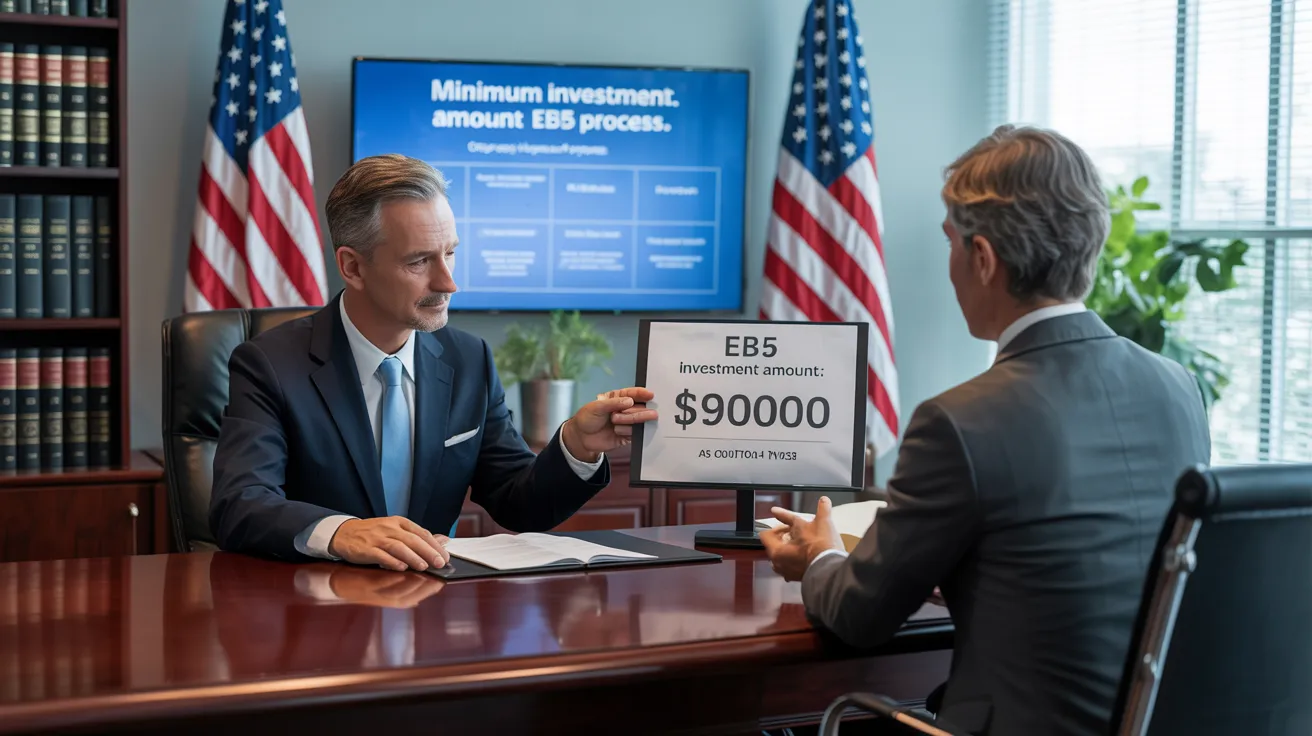Apply for L1 Visa
Some Ideas on L1 Visa You Need To Know
Table of ContentsA Biased View of L1 VisaThe Ultimate Guide To L1 VisaThe Definitive Guide to L1 VisaNot known Facts About L1 VisaTop Guidelines Of L1 VisaThe Definitive Guide for L1 Visa
Offered from ProQuest Dissertations & Theses Worldwide; Social Science Premium Collection. DHS Office of the Assessor General. Obtained 2023-03-26.
United State Division of State. Obtained 2023-02-08. Tamen, Joan Fleischer (August 10, 2013).
L1 Visa - Truths
In order to be qualified for the L-1 visa, the foreign firm abroad where the Recipient was employed and the united state company should have a certifying partnership at the time of the transfer. The different kinds of certifying relationships are: 1. Parent-Subsidiary: The Parent means a firm, corporation, or various other lawful entity which has subsidiaries that it possesses and controls."Subsidiary" suggests a company, firm, or other lawful entity of which a moms and dad owns, straight or indirectly, greater than 50% of the entity, OR owns less than 50% however has management control of the entity.
Company An owns 100% of the shares of Business B.Company A is the Parent and Business B is a subsidiary. There is a certifying relationship between the two firms and Firm B need to be able to sponsor the Recipient.
Firm A has 40% of Business B. The staying 60% is possessed and controlled by Company C, which has no relation to Business A.Since Firm A and B do not have a parent-subsidiary relationship, Business A can not sponsor the Beneficiary for L-1.
Example 3: Business A is integrated in the united state and intends to request the Beneficiary. Firm B is incorporated in Indonesia and utilizes the Recipient. Firm A has 40% of Company B. The continuing to be 60% is had by Company C, which has no connection to Firm A. Nevertheless, Business A, by official arrangement, controls and complete takes care of Company B.Since Firm An owns less than 50% of Firm B however handles and regulates the firm, there is a qualifying parent-subsidiary partnership and Company A can fund the Recipient for L-1.
Some Known Factual Statements About L1 Visa
Associate: An associate is 1 of 2 subsidiaries thar are both owned and managed by the very same moms and dad or individual, or possessed and regulated by the very same team of individuals, in basically the exact same ratios. a. Instance 1: Business A is incorporated in Ghana and uses the Recipient. Firm B is included in the united state
Firm C, also integrated in Ghana, possesses 100% of Business A and 100% of Business B.Therefore, Company A and Firm B are "affiliates" or sister companies get started and a contact us certifying connection exists in between the two firms. Firm B must be able to fund the Recipient. b. Example 2: Firm A is included in the U.S.
Business A is 60% possessed by Mrs. Smith, 20% owned by Mr. Doe, and 20% had by Ms. Brown. Company B is incorporated in Colombia and presently uses the Recipient. Business B is 65% owned by Mrs. Smith, 15% possessed by Mr. Doe, and 20% possessed by Ms. Brown. Company A and Company B are affiliates and have a qualifying partnership in 2 various means: Mrs.
The L-1 visa is an employment-based visa group established by Congress in 1970, allowing international business to move their managers, execs, or essential employees to their U.S. operations. It is generally described as the intracompany transferee visa. There are two major sorts of L-1 visas: L-1A and L-1B. These types are appropriate for staff members employed in different placements within a company.

In addition, the recipient needs to have operated in a supervisory, exec, or specialized worker placement for one year within the 3 years coming before the L-1A application in the international company. For new office applications, foreign work needs to have remained in a managerial or executive capacity if the recipient is concerning the USA to function as a supervisor or exec.
The Greatest Guide To L1 Visa

If given for an U.S. company operational for greater than one year, the first L-1B visa is for approximately three years and can be extended for an additional 2 years (L1 Visa). Alternatively, if the united state business is newly developed or has actually been operational for less than one year, the first L-1B visa is provided for one year, with extensions readily available in two-year increments
The L-1 visa is an employment-based visa category developed by Congress in 1970, enabling multinational firms to move their managers, execs, or crucial personnel to their united state procedures. It is typically referred to as the intracompany transferee visa. There are 2 main kinds of L-1 visas: L-1A and L-1B. These kinds are ideal for workers hired in various settings within a firm.
See This Report on L1 Visa
Additionally, the recipient must have functioned in a supervisory, executive, or specialized worker placement for one year within the three years coming before the L-1A application in the international business. For brand-new office applications, foreign work has to have been in a managerial or executive capability if the recipient is concerning the USA to function as a supervisor or exec.
for up to seven years to oversee the operations of the U.S. associate as an exec or supervisor. If issued for an U.S. company that has been functional for greater than one year, the L-1A visa is originally granted for as much as three years and can be expanded in two-year increments.
If granted for an U.S. business functional for greater than one year, the first L-1B visa is for up to 3 years and can be extended for an additional two years. On the other hand, if the united state company is recently established or has been operational for less than one year, the first L-1B visa is released for one year, with expansions readily available in two-year increments.